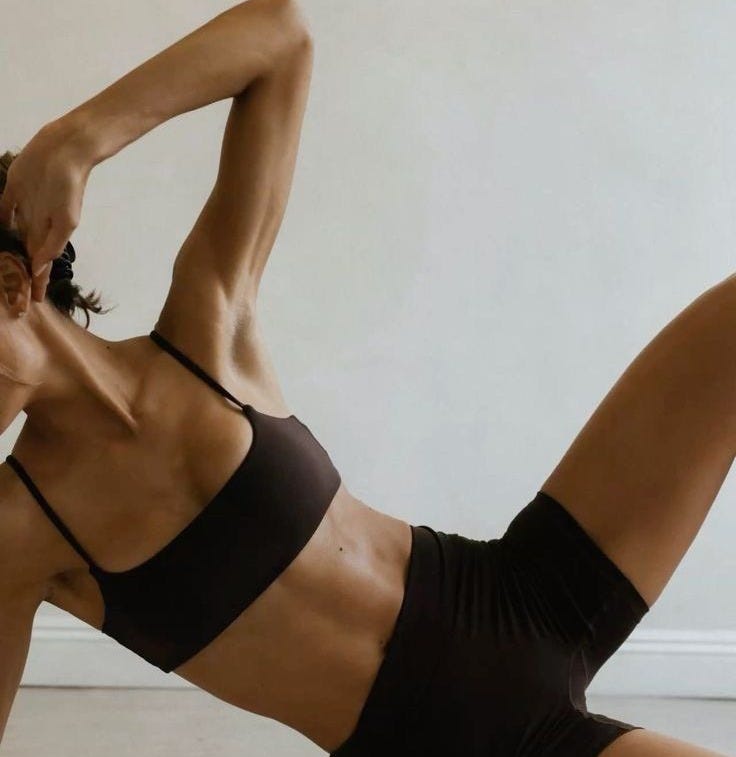Wellness Trends For 2026 – The Year of Personalised Health and Wellness
If 2025 was about “doing more,” 2026 will be about knowing more, then doing just enough. The centre of gravity is shifting from generic advice to data you can actually act on. Here’s what’s worth your attention (and money) over the next 12 months, plus exactly how to start without getting lost in the noise.
1) Biomarker testing moves from novelty to necessity
“Test, don’t guess” stops being a slogan and becomes the baseline. But you don’t need a 200-marker mega-panel. In practice, most decisions hinge on a tight set of biomarkers you can track a few times a year.
The 5 biomarkers that deliver the most real-world value
HbA1c (long-term glucose control)
What it tells you: your average blood sugar over ~3 months.
Why it matters: a powerful early signal for insulin resistance and cardiometabolic risk.
Target: ideally in the low normal range; discuss a personal target with your GP if you have risk factors.ApoB (the atherogenic lipoprotein)
What it tells you: the number of LDL-like particles that can drive plaque formation.
Why it matters: a more direct risk marker for heart disease than LDL-C alone.
Target: “the lower, the better” is the general guidance; your clinician can personalise this to your risk.hs-CRP (inflammation)
What it tells you: low-grade systemic inflammation.
Why it matters: chronic, smouldering inflammation links to heart disease, metabolic issues and recovery capacity.
Pro-tip: repeat it—one off spikes happen with infections, heavy training, or poor sleep.TSH with Free T4 (thyroid function)
What it tells you: how well your thyroid is keeping metabolism, mood and energy humming.
Why it matters: subtle thyroid drift is common, especially if you’re tired, cold-intolerant or experiencing hair changes.Ferritin (iron stores)
What it tells you: how much iron you’ve banked.
Why it matters: both low and high iron impact energy, performance and immunity; crucial for women who train.
How to use these
Start with a baseline panel (the five above, plus full blood count and basic lipids).
Re-test every 4–6 months if you’re making changes, then annually once stable.
Adjust one variable at a time (dietary pattern, training load, sleep, supplements) so you can link cause and effect.
Keep results in a single app or spreadsheet—trends matter more than single numbers.
What to skip (for now) – ultra-expansive “longevity” panels that generate anxiety without clear actions; hormone testing at random cycle phases; one-off microbiome reports with no follow-through.
2) CGMs for the non-diabetic – useful, with caveats
Continuous glucose monitors (CGMs) aren’t just for people with diabetes anymore. In 2026, expect short, strategic “CGM sprints”, two to four weeks a couple of times per year, to map how your body handles common meals, training and sleep disruption.
Why use a CGM
Spot the meal patterns that drive big spikes and sleepy slumps.
Learn your personal carb window around workouts.
See how alcohol, late dinners, or poor sleep derail next-day control.
Rules of engagement
Pair CGM with HbA1c for context; one shows the forest, the other the trees.
Don’t obsess over perfect “flat lines”. Short rises after balanced meals are normal.
Focus on post-meal curves (peak and back-to-baseline in ~3 hours) and overnight stability.
Red flags: if CGM data makes you fear ordinary foods or fuels disordered eating tendencies, stop and speak to a clinician. Data should reduce anxiety, not amplify it.
3) Pilates goes from accessory to anchor
The pendulum swings away from punishment workouts to precision training. Pilates, classical mat, reformer and contemporary hybrids, wins because it improves spinal control, hip stability, breath mechanics and deep core strength that carry into running, lifting and everyday posture.
Why it’s trending in 2026
Wearables now capture movement quality (symmetry, pelvic stability, breathing cadence) better than before.
Rehab and performance lines are blurring; Pilates sits neatly in the middle.
It’s joint-friendly and scalable, a rare combo for busy, stressed bodies.
How to apply it:
Two sessions a week: one form-focused, one load-progressive (springs/reformer).
Pair with 2–3 short strength sessions (push/pull/hinge/squat) and zone-2 cardio.
Track progress with simple metrics: pain-free range, single-leg balance time, and how your lifts/runs feel.
4) Personalised healthcare finally gets practical
Personalisation isn’t about bespoke everything; it’s about targeted tweaks that move the needle.
What “good” looks like:
A care plan tied to your biomarkers, goals and constraints, not generic templates.
Quarterly check-ins that update your plan after new data or life changes.
Shared dashboards (yes, a boring spreadsheet works) so everyone sees the same numbers and notes.
Watch-outs
Privacy and data portability, make sure you can export your data. At The Wellness we provide each of our clients with a PDF of their results and a PDF of their Wellness plan.
Over-supplementation, test before you top up, especially iron, vitamin D and thyroid support.
A simple 12-week plan to try these trends
Week 1–2: Baseline & habits
Order the five key biomarkers + full blood count and standard lipids.
Start a sleep window (consistent 7–9 hours), daily 20-minute walk, and protein anchor at each meal.
Week 3–6: Movement & meals
Add Pilates twice weekly.
Build 2× 30–40 min strength sessions (basic compound lifts).
Standardise breakfast and lunch for two weeks to reduce decision fatigue and stabilise energy.
Week 7–8: CGM sprint
Wear a CGM for 14–21 days.
Test your go-to meals, one late dinner, one drinks night, and two workouts (fasted vs fuelled).
Capture what actually works, then turn the CGM off.
Week 9–12: Personalise
Nudge meals, training times and sleep based on your data + feelings.
Book a short consultation to interpret labs and set your next re-test date.
Lock in a maintenance rhythm: Pilates 2×/week, strength 2×/week, zone-2 1–2×/week, daily wa
This month at The Wellness, we’re offering free consultations so that everyone can end the year with a clear plan of what they need to do to optimise their health. Email us at team@thewellnesslondon.com or schedule your free consultation here.
